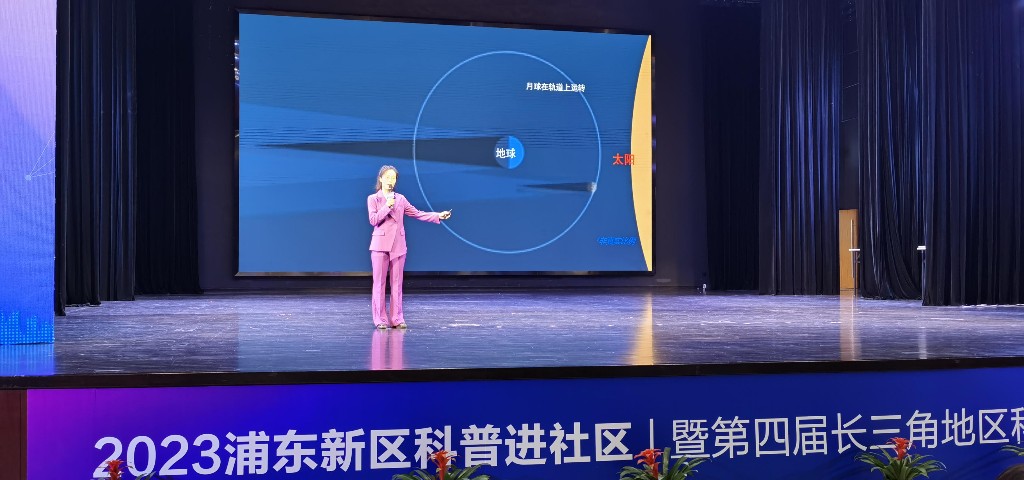近日,中国科学家在珊瑚氧稳定同位素记录海平面变化研究上取得新进展,发现1900年以来南海海平面上升了150毫米。
Chinese researchers have reconstructed the history of the South China Sea's sea-level shift using local corals and found that the sea level has risen by 150 mm since 1900.
中国科学家通过对南海当地珊瑚进行研究,重建了海平面的精细变化过程,发现1900年以来南海海平面上升了150毫米。
The study,carried out by researchers from the South China Sea Institute of Oceanology under the Chinese Academy of Sciences(CAS)and other institutions in the country,focused on Porites coral,a wide-spread coral in the South China Sea with a high growth rate,clear annual growth layer and sensitive response to the change of seawater environment.
中国科学院南海海洋研究所的科研人员联合国内相关单位的专家,主要用造礁滨珊瑚来研究(过去环境变化)。造礁滨珊瑚在南海广泛发育,具有生长速率高、年生长层清晰、对周围海水环境变化响应敏感等优势。
造礁滨珊瑚由此成为海洋环境变化的绝佳天然记录者。
The researchers analyzed the correlation mechanism between the oxygen stable isotopes of Porites coral and sea level,sea surface salinity,sea surface temperature and rainfall of the South China Sea,and reconstructed the sea level record at an annual resolution.
研究人员综合分析了南海滨珊瑚氧稳定同位素(δ18O)与器测的海平面、盐度、海温、降雨之间的关系,确定了南海海平面与滨珊瑚氧稳定同位素的统计关系以及控制机理,重建了年分辨率的海平面变化。
The study showed that the sea level fell by 0.73 mm per year from 1850 to 1900,and then rose by 1.31 mm per year from 1900 to 2015.The sea-level rise in the South China Sea has accelerated,rising by 3.75 mm per year since 1993.
研究结果显示,在1850–1900年时段,海平面的平均下降速率为0.73毫米/年;在1900–2015年时段的上升速率为1.31毫米/年,1993年以来的上升速率为3.75毫米/年,南海海平面呈现加速上升趋势。
The study found that the sea-level changes in the South China Sea may be the result of a combination of solar activity and greenhouse gases from 1850 to 1950,and greenhouse gases may have been the dominant factor behind the rapid rise of sea level since 1950.
研究认为,1850–1950年的南海海平面变化可能是太阳活动和温室气体共同作用的结果,而1950年代以来,温室气体可能主导着海平面的快速上升。
The study was published in the journal Palaeogeography,Palaeoclimatology,Palaeoecology.
相关研究近日发表于《古地理学、古气候学、古生态学》。
【相关词汇】
海平面sea level
滨珊瑚Porites coral
盐度salinity
参考来源:新华社、科学网


















